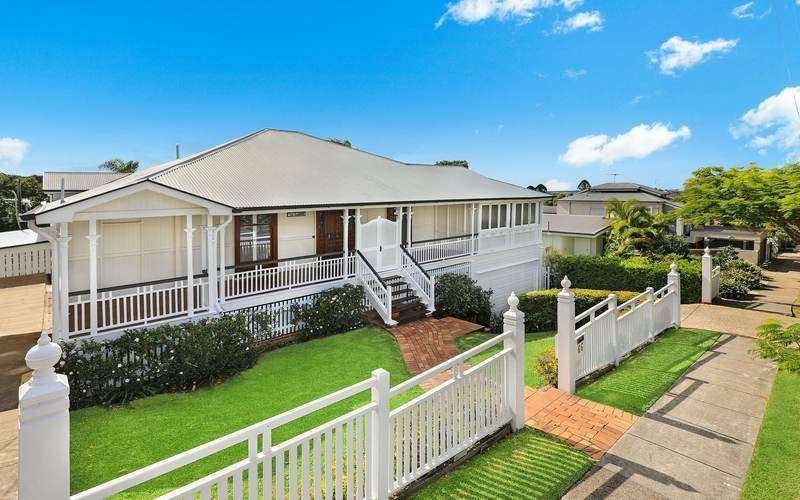The Australian National University (ANU) found the number of people who couldn't pay their rent or home loan on time had more than doubled, due to COVID-19.
ANU surveyed more than 3,200 people and found the proportion of Australians not being able to meet their regular housing costs jumped from 6.9% in April to 15.1% in May.
Study co-author Professor Matthew Gray said JobSeeker and JobKeeper were preventing further households slipping into mortgage stress and warned “if they are removed at the end of September - assuming we still have high unemployment - we could face a real housing crisis”.
Professor Gray said renters and young adults had been most affected by the pandemic-induced recession.
"Our findings show the level of housing stress is substantially higher for renters than mortgage holders," Professor Gray said.
"What's also worrying is that young adults are experiencing very high rates of housing stress, with 44% of people aged 18 to 24 years unable to pay their rent on time.
Study co-author Nicholas Biddle said the number of people aged between 18 and 24 experiencing higher levels of housing stress nearly tripled between April and May, from 10.3% to 27.5%.
"We also found an almost threefold increase in housing stress for Australians aged 35 to 44 over the same period, with the proportion rising from 5.9% to 19.1%," Professor Biddle said.
"Clearly the COVID-19 pandemic has put lots of young Australians under incredible stress.
"And this is while they are also likely dealing with other major stresses in their lives like potential loss of income."
The survey also found over 20% of mortgage holders had reduced or freezed mortgage payments and one in ten renters had reduced or freezed their rental payments.
Dr Gray said these groups were at high risk of falling further into financial stress should they see a decrease in incomes.
"Everyone needs a safe and secure housing and a roof over their heads," he said.
"If incomes start to fall at the bottom end of the income distribution then many Australians will be on shaky ground."
Mortgage arrears to rise among first-home buyers
A report from ANZ has found mortgage arrears are set to increase over the next two years as high leverage and low savings leave households' financial positions on a knife edge.
ANZ economist Adelaide Timbrell said high unemployment and COVID-19 had drastically heightened the risk of arrears.
"The pandemic has increased a risk to housing arrears by disrupting the incomes of so many households," Ms Timbrell said.
"The unemployment rate has been relatively low in recent years, but we're expecting it to rise in the next couple of years and that's going to increase the risk of arrears and housing stress for a lot of borrowers."
ANZ expected the unemployment rate to peak at 7.5% at the end of 2020 and average 6.9% in 2021.
"RBA research suggests that for every one percentage point increase in the unemployment rate, there is a 0.8 percentage points increase in arrears," Ms Timbrell said.
"Unlike previous downturns, we can’t ease the cost of mortgages through monetary policy, because the interest rate is already at its lower bound.
"At the same time we're facing a very weak wage growth outlook."
Australia has one of the highest household debt-to-income ratios in the world at 195%, which Ms Timbrell said is far worse than previous downturns like the Global Financial Crisis.
"The average household has higher debt levels now compared to the previous downturns and we don't have the same protections like lower borrowing costs because interest rates are already so low," she said.
"We expect the risk of a default is higher now compared to previous downturns because we can't cut interest rates any lower."

Ready, Set, Buy!
Learn everything you need to know about buying property – from choosing the right property and home loan, to the purchasing process, tips to save money and more!
With bonus Q&A sheet and Crossword!



 Bea Garcia
Bea Garcia
 Denise Raward
Denise Raward
 Harry O'Sullivan
Harry O'Sullivan
 Rachel Horan
Rachel Horan


